Zhao Dayong: “The High Life” Inside and Out
赵大勇的作品《寻欢作乐》,里面,外面
By Maya, 2011年 1月 26日
《 查看中文文本 》
Zhao Dayong’s THE HIGH LIFE is a film that pivots on a pyramid. Midway through the narrative, Zhao’s antihero, small-time swindler Jian Ming, hitches his failing luck to an ill-fated pyramid scheme to unsurprisingly catastrophic results. In this moment of crushing failure, rather than trace his leading man’s downfall, Zhao swivels the focus of the film. This move is not wholly innovative (in fact, it’s structurally reminiscent of Wong Kar Wai’s sudden narrative hop halfway through CHUNGKING EXPRESS), but it releases the film from the staid trope of intersecting lives portrayed through intersecting narratives. This bold jump—from one story to another seemingly unrelated arc—is but one of Zhao’s moves that establishes THE HIGH LIFE as a bold and contemporary piece of filmmaking, both within the scope of Zhao’s fairly young career and those of his peers.
THE HIGH LIFE premiered in 2010 at the Hong Kong International Film Festival to much acclaim, but screened again recently at the Beijing Independent Film Festival in Songzhuang. BIFF is a neatly-curated festival in a neatly-curated suburb of Beijing, a landscape that belies the hardy darkness of so many films shown there. For five years, BIFF has provided a unique venue, and a community outlet for those pioneering China’s most recent generation of filmmaking. The movement of neo-realism in Chinese independent filmmaking so often on display at Songzhuang, is, in simplest terms, characterized by digital filmmaking techniques and a dry, often bitter humor, a spirit of the local. While this has become a recognizable movement in Chinese cinema, many perceive this aesthetic as staid, somber, and like the French and Italian neo-realist trends that proceeded it, perhaps technically lethargic in its search for truth and reality.
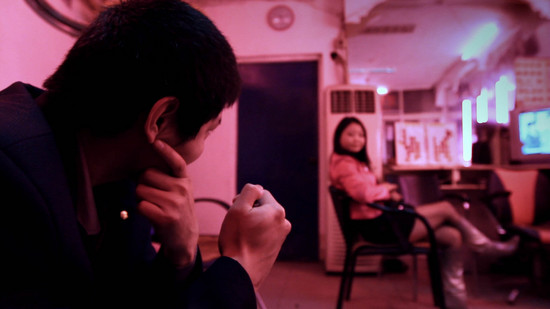
Zhao Dayong’s 2008 documentary GHOST TOWN, widely celebrated for its poetic meditation of quotidian life in an ebbing Yunnan village, seemed to fall well within the expectations of this cinematic movement. THE HIGH LIFE, his most recent effort and first narrative feature, barely betrays this aesthetic of long shots and longing, but seems to represent a reconfiguration of “realism” and direct narrative.
In THE HIGH LIFE’s digital Guangzhou, characters waft in and out of frame, of relevance, and of their indistinct longings. People are on the move—this is an obvious tenet of both Zhao’s reality and modern life in Guangzhou. Jian Ming cons migrant workers, young and naïve emigrants, with promises of gainful employment. He’s a yellow-bellied crook with a folding table on the sidewalk who seems to regard his crooked vocation with a mixture of pride and disdain. His apartment boasts only two decorative elements: snapshots of his conned victims and the robe and beard of a Peking Opera character he recreates alone on his roof. Jian Ming’s girlfriend expresses a vague desire to leave Guangzhou, to start a new life. These characters are all in search of something better, something more, something without a name.
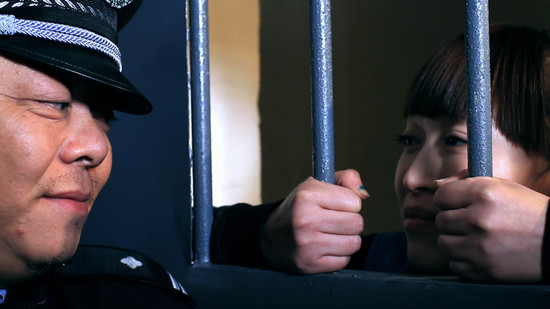
The pacing of Zhao’s film is fairly consistent throughout, the shots often long, though not entirely too wide as to controvert the intimacy with which Zhao portrays the lives of his characters. As the film’s sharp halfway point approaches and the aforementioned narrative pivot occurs, the film retreats indoors from the hustle of streets, outdoor restaurants, and massage parlors of busting Guangzhou. In the prison where the film’s latter half takes place, the world of the interior is called into question. A static network of cells and prisoners are punctuated by the overblown poetry written of Dian Qu, a prison guard who requires his prisoners to recite his original works. Dian Qu is an aging, self-important man, but we see, through both his poetry and the ample close-ups Zhao provides, that he too is not without longing. He wants something that cannot be articulated; the pretty prisoner who lures him into friendship wants a tube of lipstick and for her sister to continue her university studies; the question of freedom hangs heavy over these scenes. Finally, as in the film’s final moments, Zhao returns briefly to his original narrative. The story, the characters, the audience may be leaving Guangzhou. We don’t know where they will go, just as we don’t know where they came from.
The movement of neo-realism, as it pertains to Zhao and his contemporaries, has come to suggest a style of storytelling that may be stark and reserved in narrative, technically unfussy, emotionally localized and seemingly staid. While this neo-realism trend had allowed independent Chinese cinema to stretch its legs, both artistically and financially, these films need not be perceived as being so literal, without rich drama, or even humorless. Rare in Zhao’s work is a montage or non-diagetic sound, but Zhao’s camera is full of movement and unexpected life. In THE HIGH LIFE, Zhao seems to have captured life as “realism,” not simply hopeless and fixed, but imbued with a sense of the possible, the intangible variability that exists in desire. From the time Jia Zhangke introduced surreal and even supernatural elements into his later films (STILL LIFE, 24 CITY), Chinese cinema seemed to crack open the very concept of “neo-realism” and, in doing so, question the true nature of life in China, as it exists in the world and within framed images. Zhao’s work is intimate and measured at times, but it sprawls unexpectedly in terms of both this narrative break and the themes of nebulous longing, of the disconnects and convergences of interior and exterior life. THE HIGH LIFE’s Chinese title translates as “seeking pleasure,” but it almost seems that the English title, perhaps ironically, provides a more direct interpretation—this is life and we are all after something higher, something new, something else, but this is life.
赵大勇的新作品《寻欢作乐》 是依据金字塔方式来表达的。电影的上部分拍完了之后,赵的非正派 主角—— 注定不幸的小骗子决定加入一个金字塔式的骗术, 结果惨败。在这个时候,赵决定转换一下电影的聚焦点。 这种方式并不是全新的,(剧情结构类似于王家卫的《重庆森林》) 但是让电影表现出一个很平庸的电影手法——通过交叉的方式叙述。 这段很明显的变化——从一个故事切换到另一个——就是赵的影片里头的优点之一。赵作为比较年轻的导演与他的同代人相比,《寻欢作乐》算是很突出的,这是一部非常当代性的作品。
《寻欢作乐》今年在香港国际电影节首映了,而且受到了很热烈的欢迎,然后最近在北京宋庄的第五 届独立电影展上再次放映。北京独立电影展是在北京宋庄策划举办的,是一个十分成功的电影展, 特别适合放映很有力量以及真实感的电影。这五年以来,北京独立电影展作为一个持续支持中国导演的新一代的平台。中国电影 新现实主义运动的风格与精神,在宋庄电影展已经成为很普遍的一个现象,基本上倾向于用数字设备的制片手法来拍摄并且以挖苦的和幽默的内容来表现当地特色。这个运动在当代中国电影里面类似于意大利和法国以前的 新现实主义表现手法, 而有时候也会受到一些批评:就是说寻找真实或者现实的方式太萎靡不振的感觉。赵2008年颇受欢迎的纪录片《废城》 是在云南怒江的小县城拍摄的, 是非常具有代表的中国当代电影的 新现实主义表现手法。《寻欢作乐》作为赵大勇的第一个叙述长片并没有从他以前的美学方向远去。然而他的新作品同样以“ 新现实主义”为代表和直接叙述的方式来表达。

在《寻欢作乐》数字化的广州,所有角色都在画面里飘来飘去,而且在他们所追求的不清不楚的欲望世界里一直迂回。人们都是在移动的——这是赵电影里所描述的广州当代人们生活的一个特别显明的部分。建明作为小骗子骗取从外地来到广州的打工者,告诉他们他会帮他们提供工作机会。他是一个怯懦的骗子,他把折叠桌摆在人行马路上,带着他脸上那份自豪和轻视。他的家只有两个特别的装饰:被他骗的个人图片,还有他每天晚上穿的昆剧戏装。他女友的希望就是离开广州,重新开始一种新的生活。这些角色一直在寻找一种更好的事情,一些新鲜的东西 ,一些无名的事情。
赵的作品是始终如一的,镜头平时很长,但还是非常亲密的,可以给观众看角色的内部生活。在电影上部分将要结束的片段里,故事的描写由外(广州忙碌的大街上,外面的餐厅,按摩院)至内。在电影下部分的故事主要是发生在监狱里,导演特别重视室内的场景。监狱的环境很安静,最显明的地方就是囚犯读警卫写的诗歌。Dian Qu是一个老练且显得傲慢的人。然而观众可以看到他的渴望,他生活中缺乏了点什么。他想要的是一种很明确的东西;漂亮的囚犯想要口红, 也想找办法可以让她妹妹继续上学;关于自由的问题,这是一个极其漫长的场景。结果,电影的最后片段,赵回到故事的本身。故事模式、所有角色以及观众可能都打算离开广州。我们根本不知道他们会去哪,也不知道他们原来是来自哪里。

赵大勇在当代新现实主义导演中,他更显示出电影拍摄方式的荒凉和保守叙述,科技的简单性以及本土化的感觉,而且看起来有一点的忧郁。虽然新现实主义的模式让当代中国的独立电影坚持运用这样的方式(在于艺术和经济两方面),但新现实主义不一定是静止的。赵不经常用蒙太奇或非自然的声音,但他的画面一直充满了动静、生活化。《寻欢作乐》的世界不一定是绝望的,但是包含了一种可能性,就是在他们的欲望世界里包含着很大的可能性。从贾樟柯介绍超现实的东西在他的作品里面开始 (《三峡好人》、《二十四城》),中国新现实主义就被重新解释了,导演开始重新反思当代的中国社会状况。那电影所代表的世界到底是什么呢?赵大勇的作品很亲密,有时候慢慢地坚持下去,作品通过叙述性方式展开,把内部和外部生活的主题结合在一起。《寻欢作乐》的英文片名可能更近于导演想表达的风格,(意思就是“高级的生活”)因为影片的主要概念是这样:这就是生活。 我们都在寻找一种更高级一点的,新鲜的事物,但这仅仅就是生活。




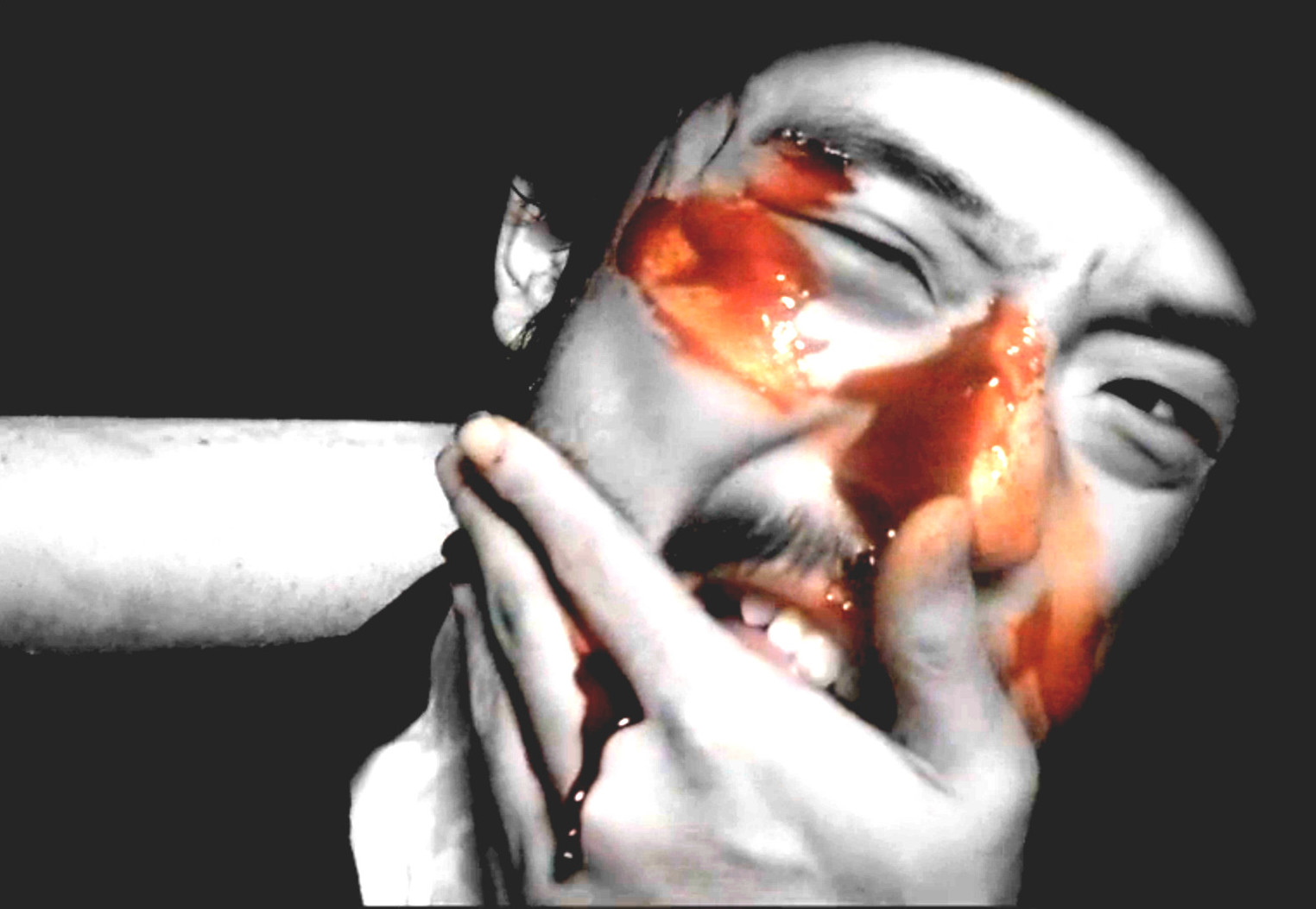
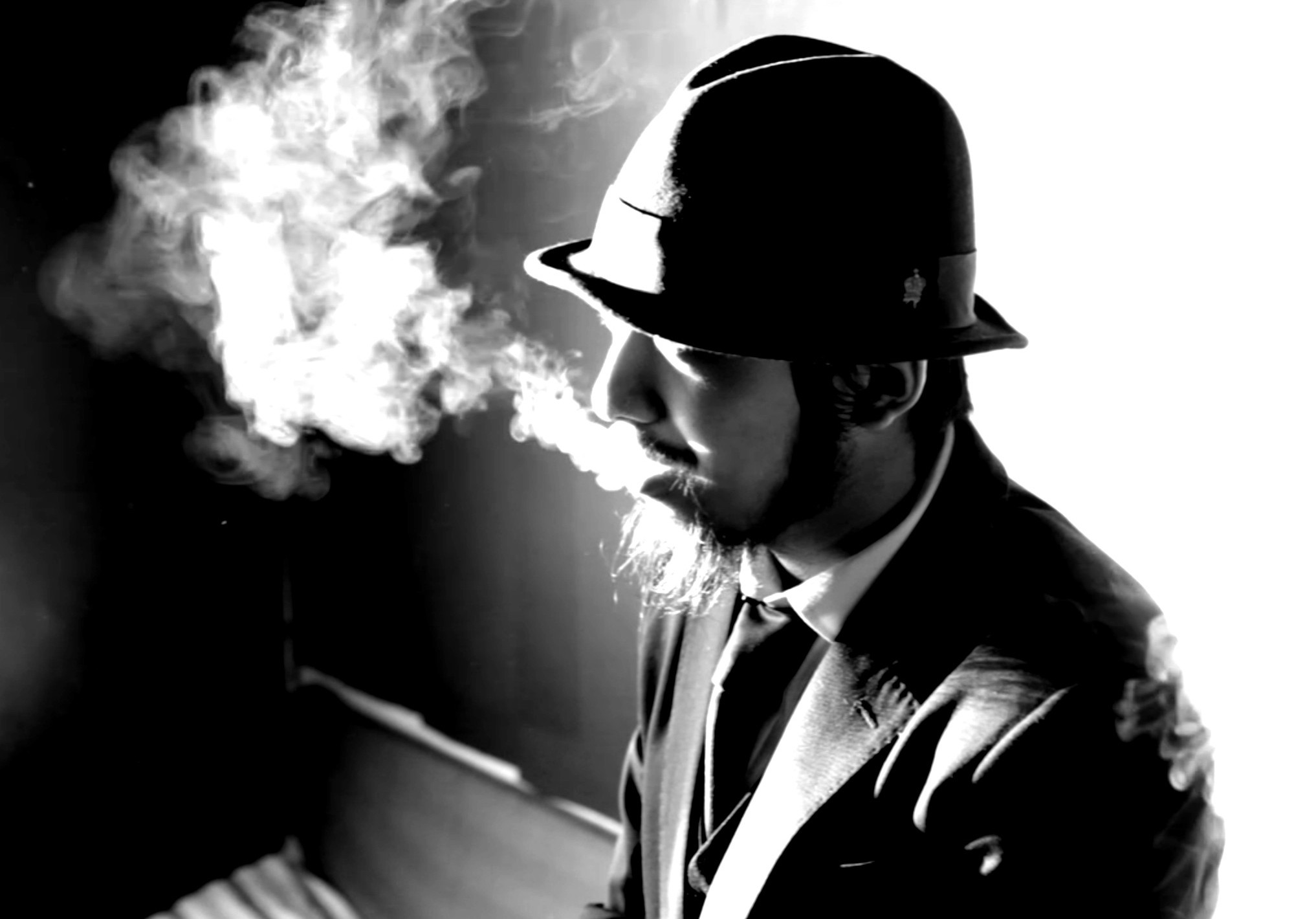

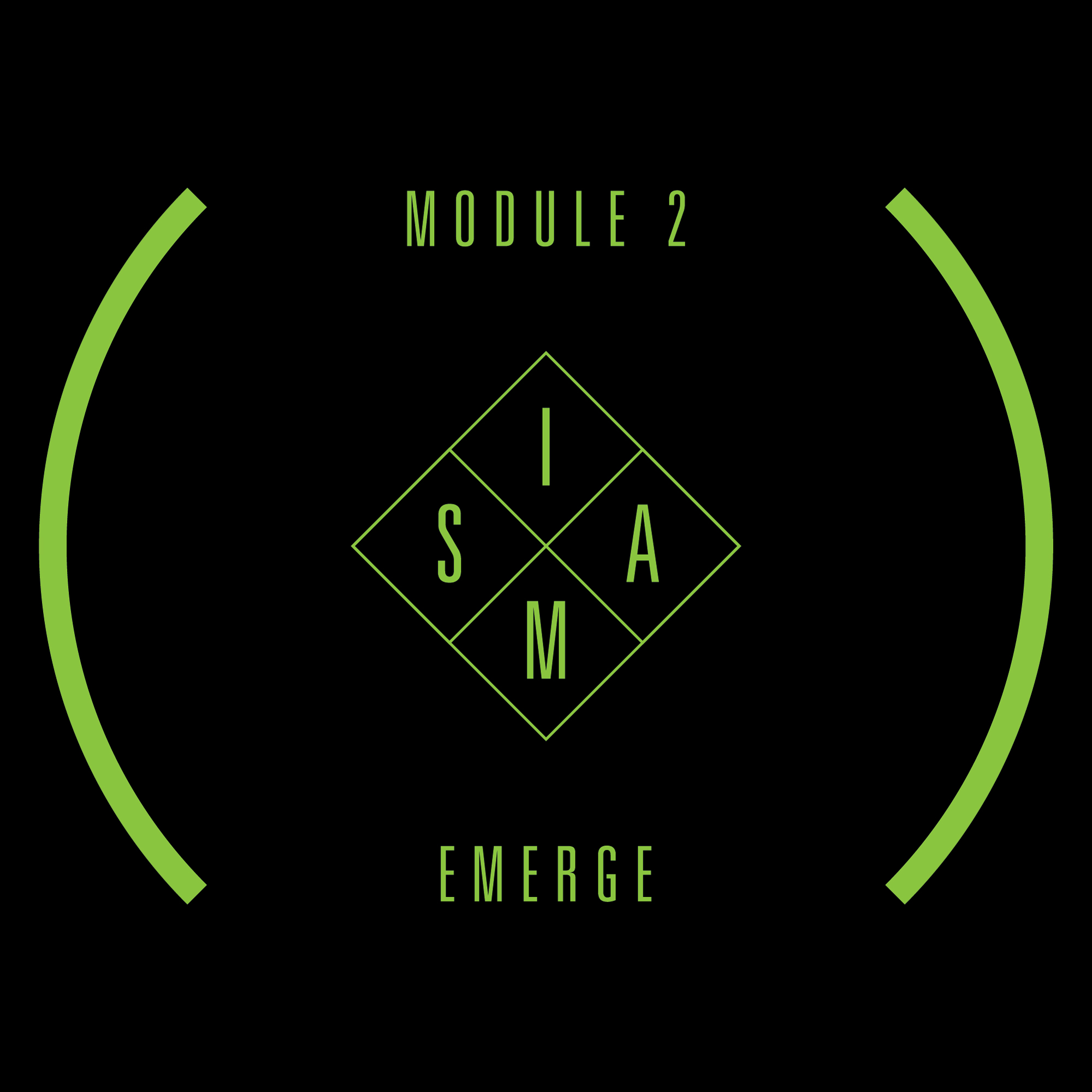
Great coverage . . . THE HIGH LIFE is 2010, though. We didn’t finish post-production until March last year, right ahead of Hong Kong. Best, David Bandurski (producer)